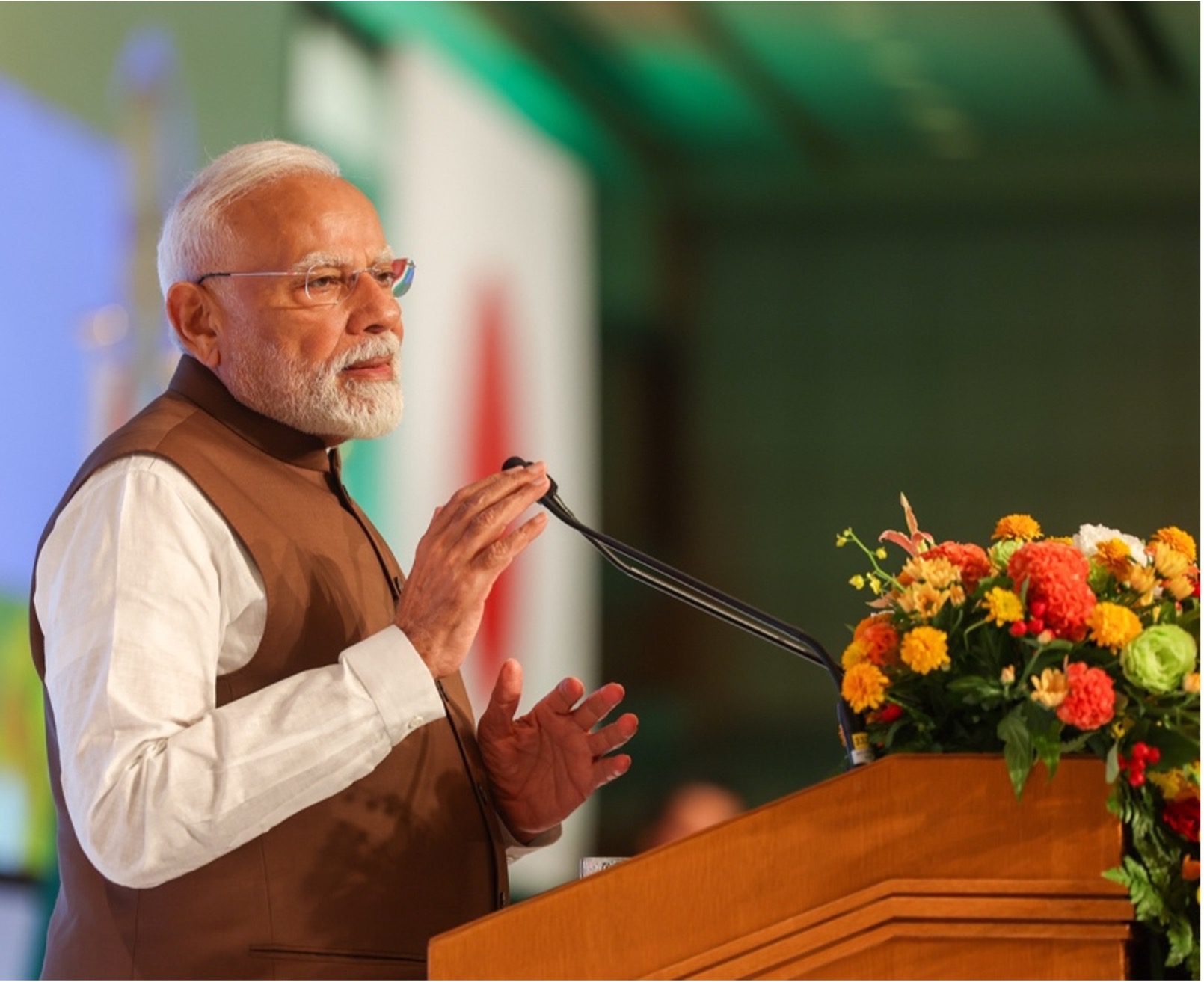The BGA India team, led by Managing Director Anuj Gupta, wrote an update about India’s economic strength in a time of global trade upheaval.
India’s economy registered an impressive 7.8 percent growth rate in real GDP during the first quarter (April-June) of fiscal year 2025-26, marking the strongest quarterly performance in more than a year and decisively beating market forecasts. This robust expansion underscores the economy’s resilience amid persistent global headwinds, including trade uncertainties with the United States and other geopolitical realignments.
India’s GDP growth is primarily fueled by strong domestic consumption and supported by steady trade-to-GDP levels. A combination of aggressive policy reforms, infrastructure-focused fiscal spending, accommodative monetary policy and stable financial conditions has reinforced India’s position among the world’s fastest-growing major economies. India is rapidly advancing its reform agenda by implementing transformative measures in taxation, the ease of doing business, labor markets and digital governance.
Context
- India’s growth has been led by strong output across services, manufacturing and construction sectors, backed by public infrastructure spending and private consumption. Although the 2025-26 growth estimates of 6.5 percent look realistic despite potential external shocks, the adverse impact of 50 percent U.S. tariffs on some external sectors bears close watching in the coming quarters.
- India’s inward foreign direct investment has surged to a four-year high, signaling strong global investor confidence in India’s economic prospects driven by computer services, manufacturing and construction. This indicates sustained interest in India’s digital transformation, production-linked incentives and infrastructure initiatives.
- Manufacturing — accounting for 17 percent of India’s GDP — has demonstrated strong demand, with accelerated production raising the purchasing managers’ index to 59.3 in August, the highest since February 2008. While the coming quarters may see an impact on overall manufacturing output against the backdrop of high US tariffs, the drag is expected to be largely cushioned by the domestic consumption and India’s diversification strategy.
Significance
- The government has answered Prime Minister Narendra Modi’s calls to “reform, perform and transform” with action by doubling down on reforms to spur economic development. Robust investment, domestic consumption and policy reforms have boosted confidence, prompting S&P’s sovereign rating upgrade from BBB- to BBB, marking the first upgrade in 18 years, with a stable outlook.
Implications
- The government’s proactive fiscal policies and structural reforms are designed to spur investment, create jobs and boost global competitiveness, positioning India as an economic powerhouse despite persistent global uncertainties. Some of these reforms are as follows:
- The proposed restructuring of the goods and services tax,including the elimination of the 12 percent and 28 percent slabs and the correction of inverted duty structures, is aimed at simplifying compliance and stimulating consumption with an estimated 0.6 percentage point increase in nominal GDP.
- India is employing a two-pronged export strategy of targeting expansion in established markets in the short term and diversifying into new markets in the long term. Key products for diversification include gems, jewelry and organic chemicals. To boost external trade, the government is finalizing a $2.3 billion export promotion mission, focused on credit access, regulatory ease and branding — especially for micro, small and medium-sized enterprises and U.S.-bound exports.
- Indian exporters have demonstrated strong trade resilience by diversifying markets for products such as gems, jewelry and tractors from the United States to the United Arab Emirates, Bangladesh, Italy and Belgium, offsetting losses and showcasing India’s adaptive export strategy.
- The Reserve Bank of India eased its monetary policy between February and June, reducing the policy repurchase rate 100 basis points, to support economic recovery and stimulate growth. The bank aims to lower the cost of borrowing across the economy, in turn boosting credit expansion, private investment and household consumption.
- Inflation eased to a six-year low at 1.6 percent in July, below the RBI’s target band of 2-6 percent.
- India’s state governments are also pursuing investment opportunities, improving infrastructure and implementing innovative governance and policy reforms to complement the central government’s initiatives. These reforms are expected to support state finances and attract investment, driving competitive federalism and India’s next growth wave.
If you have questions or comments, please contact BGA India Managing Director Anuj Gupta at agupta@bowergroupasia.com.
Best regards,
BGA India Team

Managing Director
Anuj is a distinguished policy leader and strategist who has played a catalytic role across India’s government and private sector, guiding stakeholders through the country’s complex and evolving policy and investment landscape. As BGA’s India practice leader, he helps clients leverage the country’s rapid economic growth to advance their goals and strategies. Anuj previously led public policy efforts for the Tata Group, India’s largest business conglomerate, where he advised more than 30 group companies on policy affairs strategy. His interventions directly influenced high-stakes outcomes across diverse sectors, including technology, finance and manufacturing. Anuj spent a decade in the Indian and Abu Dhabi governments, where he ...
Read More






















